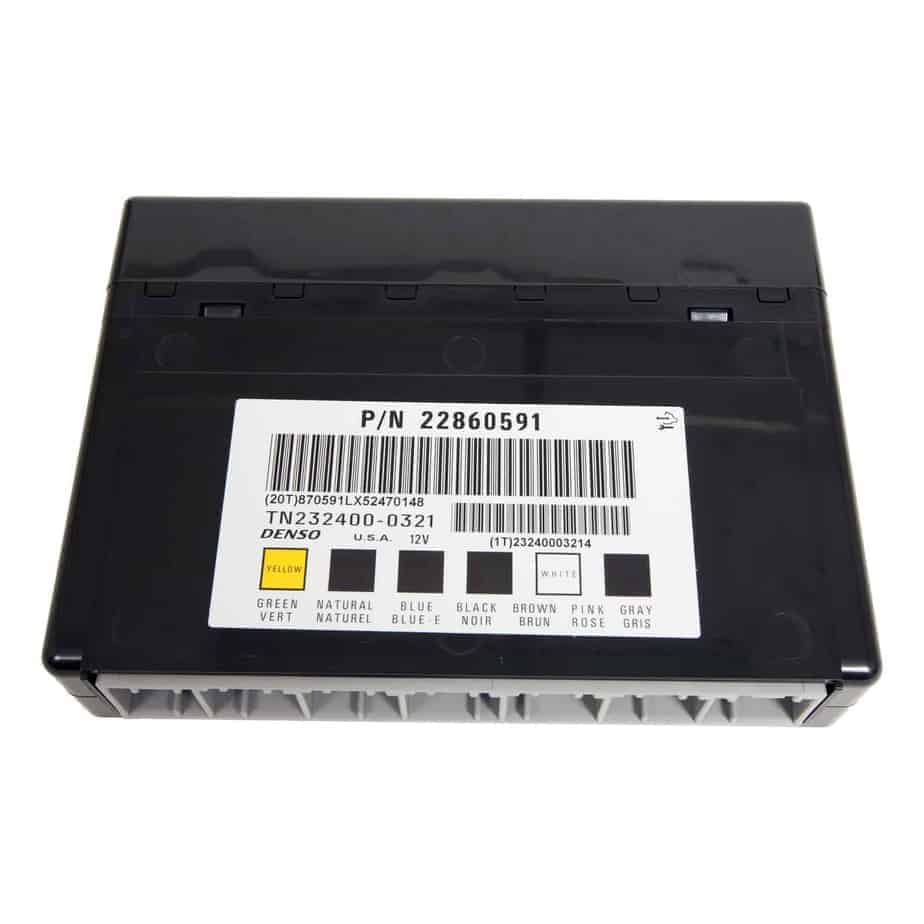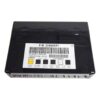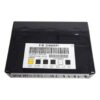Is Your Impala Plagued by Electrical Gremlins?
Dealing with a malfunctioning Chevrolet Impala can be incredibly frustrating. One moment the power windows work, the next they don’t. The security light flashes for no reason, or worse, your car won’t start at all. These aren’t random glitches; they are classic signs of a failing Body Control Module (BCM), the central computer responsible for your car’s body electronics. Driving with a faulty BCM is not only annoying but can also compromise your vehicle’s security and functionality. It’s time to stop guessing and install a reliable solution that gets you back on the road with confidence.
Common Symptoms of a Failing BCM & Your Direct Solution
If you’re experiencing any of the issues below, a failing BCM is the likely culprit. This pre-programmed module is the definitive fix, designed to restore your vehicle to perfect working order without a costly trip to the dealership. We provide the exact 2006-2013 Impala Body Control Module you need, flashed with the latest GM software and coded specifically to your car’s Vehicle Identification Number (VIN).
- Erratic or non-functional interior/exterior lights
- Power windows, door locks, or mirrors not working
- Security system faults or anti-theft light staying on
- Intermittent no-start or crank-no-start conditions
- Warning lights on the dashboard appearing randomly
- Issues with key fob recognition or remote start
Features & Tangible Benefits
- ✔ Plug & Play Installation: This module arrives pre-programmed to your car’s VIN. No extra programming or dealership visits are required for it to function, saving you time and hundreds of dollars.
- ✔ Restores Full Functionality: Eliminate the frustrating electrical issues and get your power accessories, security system, and lighting working like new again.
- ✔ No Core Charge: You are not required to send your old part back. This means no extra deposit, no return shipping hassles, and no delays.
- ✔ Updated GM Software: We flash the BCM with the newest updates from General Motors, ensuring optimal performance and reliability that often exceeds the original.
- ✔ Broad OEM Compatibility: This unit is a direct replacement for a wide range of part numbers, ensuring a perfect fit for your Impala and many other GM vehicles. See our full fitment list for details.
- ✔ Peace of Mind Guarantee: This unit is backed by our one-year replacement warranty.
An Expert’s Insight: The BCM is the ‘nervous system’ for your car’s comfort and security features. When you simply swap a used BCM from another vehicle, it’s like putting the wrong brain in. It doesn’t know your car’s specific options, key codes, or security protocols. That’s why our VIN programming service is so critical. We don’t just sell you a part; we provide a fully integrated solution. We ensure the new 2006-2013 Impala Body Control Module communicates perfectly with your engine computer, instrument cluster, and anti-theft system right out of the box.
Don’t let a faulty computer dictate when your car works. Take control with a reliable, professionally programmed 2006-2013 Impala Body Control Module and restore the dependable performance you expect from your vehicle.
Frequently Asked Questions
What exactly does the Body Control Module do?
The BCM is a computer in your vehicle that manages and controls a wide range of electronic accessories not related to the engine. This includes power windows, door locks, interior and exterior lighting, the alarm system, keyless entry, and even the windshield wipers.
Is this part difficult to install?
For most 2006-2013 Impala models, the BCM is located on the left (driver’s) side of the dashboard and is accessible with basic tools. Because our module comes pre-programmed to your VIN, the physical replacement is a direct swap. However, we always recommend consulting a service manual or a qualified technician if you are not comfortable with the procedure.
How do I provide my VIN?
After you complete your purchase, you will need to send us your vehicle’s 17-digit VIN. You can typically find this on your vehicle’s registration, insurance card, or on a small plate on the driver’s side of the dashboard visible through the windshield. We cannot ship your part until we receive the VIN.
What if my airbag light is on after installation?
In some cases, the new BCM may need to be synced with the airbag system’s computer (SDM). If the airbag warning light appears, a ‘Setup SDM Primary Key in BCM’ procedure will need to be performed by a technician with a professional-grade scan tool. This is a simple sync procedure and does not indicate a problem with the part.
Is this a new part?
This is a high-quality, genuine OEM component that has been thoroughly inspected and tested to ensure it meets or exceeds original performance standards. We then program it with the latest software for your specific vehicle.


